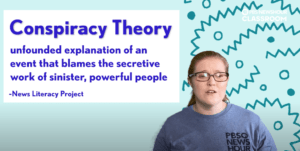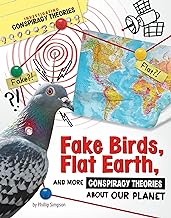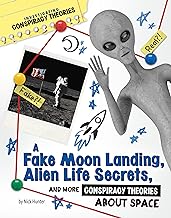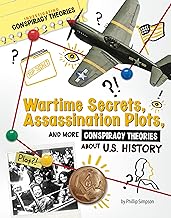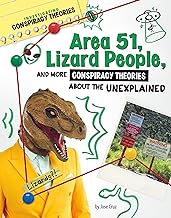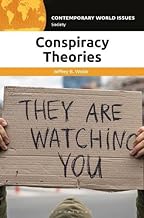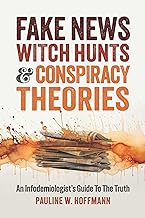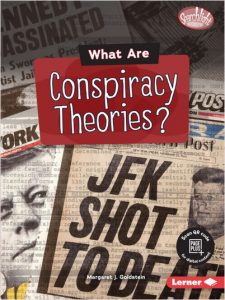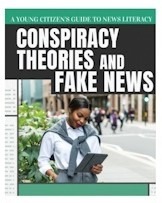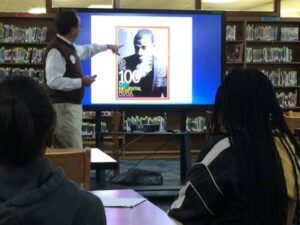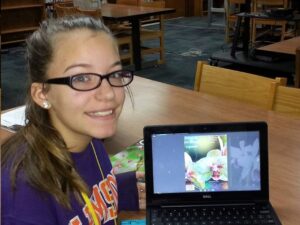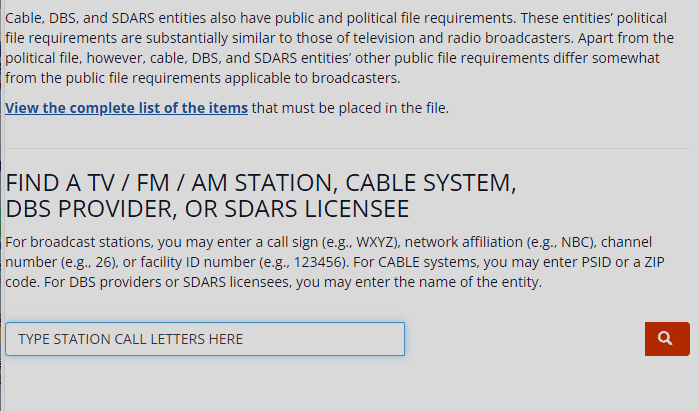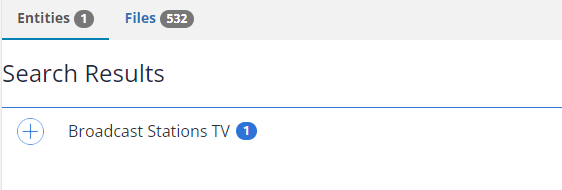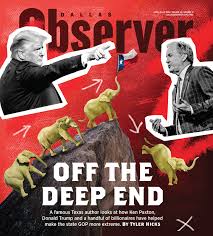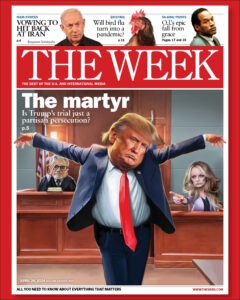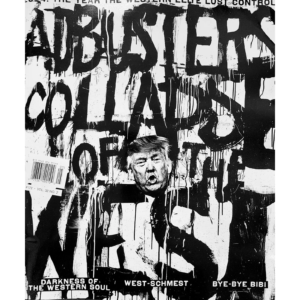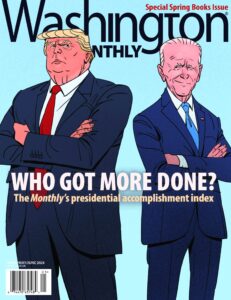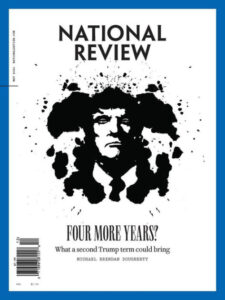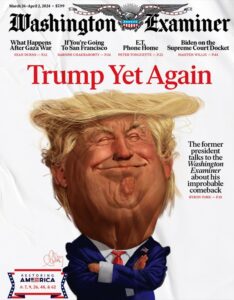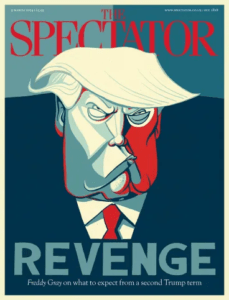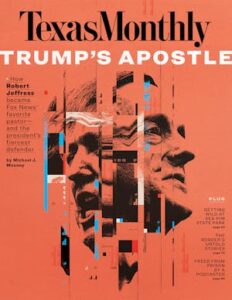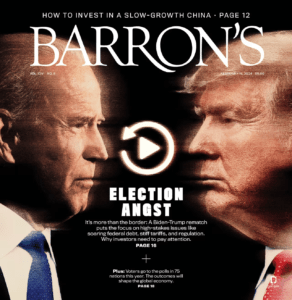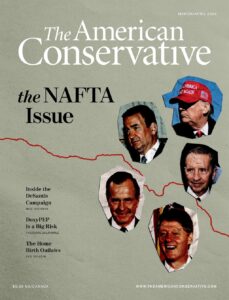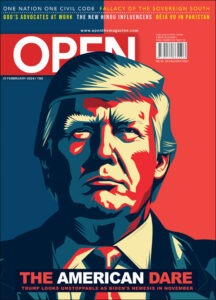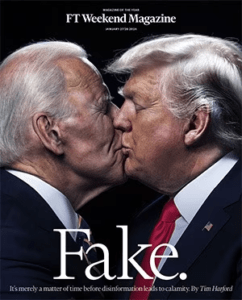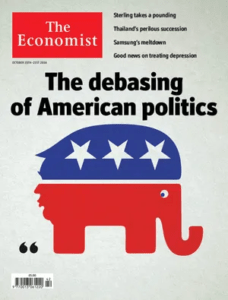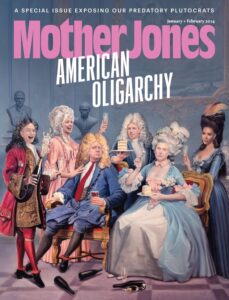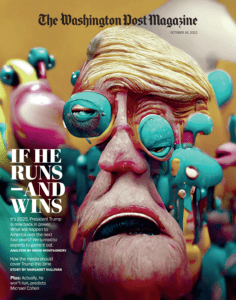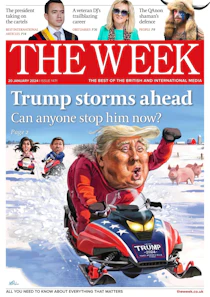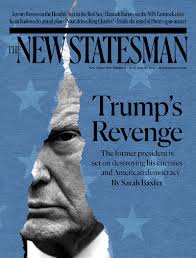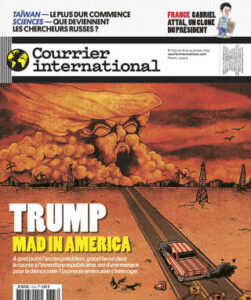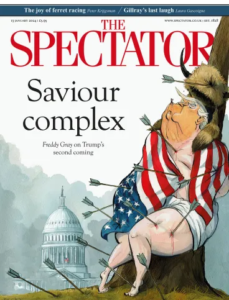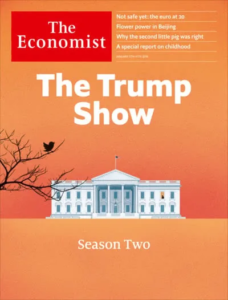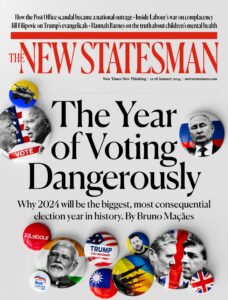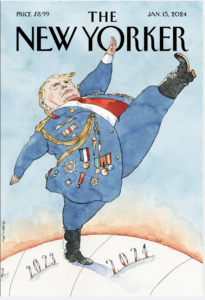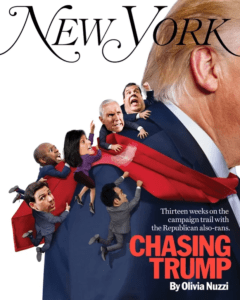Media Arts Support Document (Resurrected)
Introduction to Media Arts/Media Literacy Standards….. 2
Visual Literacy (Images and Photographs)………………. 5
Advertising/Commercials…………………………………. 14
Motion Pictures: Understanding The Language of Film.. 21
Introduction to Media Arts/Media Literacy Standards
by Frank W. Baker (consultant, member of SCDE VPA curriculum writing team)
Today’s students are the visual generation: they’re learning more through the visual medium than from print, so it is important for educators to know how to teach both with and about the media.
Even though our young people are media savvy, they are not necessarily media-literate: they tend to believe everything they see, read and hear. We know that many of them do not have the critical thinking (and viewing) skills they need to be competent communicators in the 21st century. Our students know how to upload and download photos, music, video and movies seamlessly using mobile devices which have not yet been allowed into the classroom, but that is slowly starting to change.
The new 21st century skills movement (www.21stcenturyskills.org) specifically references media literacy as one of the skills all students need to be attractive to employers in this new century. Several of its recommended activities are included in this document. Media literacy is defined simply as the ability to both analyze and create media messages. Visual literacy has been defined as “the ability to construct meaning from visual images.” (Source: The Visual Literacy White Paper) So, in this document you will find activities which are designed to engage students in analyzing and deconstructing media messages, as well as creating and producing them.
Media arts/media literacy are not confined to the “arts” classrooms: every discipline uses photographs, videos, films, and music in some manner. But using them is not the same as understanding how they were made. Our students know (and believe) what they see and hear on the screens (e.g. television, computer, videogame, mobile phone) yet they rarely think about, or have opportunities to learn, how a production gets onto the screen.
This support document is divided into three parts:
1. Visual Literacy (Images and Pictures)
2. Advertising & Commercials
3. Motion Pictures: Understanding The Language of Film
Each section addresses analyzing and creating media—through processes and techniques which will help students appreciate the production process. You, and your students, will be introduced to a series of media literacy concepts and corresponding questions, all designed as the starting framework for beginning to understand media literacy.
General Resource recommendations:
2010 SC Visual/Performing Arts Standards
Media Literacy Clearinghouse, a website with thousands of resources, readings, links to books, streaming videos and more.
Media Arts- Minnesota: another document with excellent ideas for schools
Special note about videos: In addition to the resources available via ETV’s Streamline, many excerpts from videos are now available via YouTube. We suggest you search this video streaming service for any of the titles listed in the resources sections.
Note about copyright: In order to effectively teach media literacy, teachers need real world texts (television, movies, commercials, etc.) to use in instruction. Despite the confusion about what is permissible, teachers now have more rights. I recommend you download and read The Code of Best Practices In Fair Use for Media Literacy.
Visual Literacy (Images and Photographs)
Every day, we see and are exposed to hundreds, perhaps thousands, of images that pass through our radar screens. Unfortunately, not many of us know how to “read images.’ One of the ways to teach critical thinking and “media literacy” is to start with the still image. In many arts classrooms, we begin to introduce the methods and techniques artists use to create meaning: that knowledge can now be applied to photographs as well.
Resource recommendation: this visual literacy wiki has many valuable resources and ideas.
The following questions may be used as students consider various ways media messages are communicated.
Media Literacy Critical Thinking and Viewing Considerations:
- What do I need to know in order to best understand how this was created and what it might mean?
- Who created this (message) photograph? (Authorship)
- Why is this (message) here? (Purpose)
- In what ways might the image complement the text and vice versa?
- Who is most likely to see the (message) photograph? (Audience)
- What methods are used to make the (message) photo believable; trustworthy? (Techniques)
- Is there something outside the (picture) frame that I don’t see? (Omission)
- Can I make any assumptions about this (message) image?
- Where might I get additional information not contained in the (message) image? (Research)
- What does the producer/creator/photographer want me to think/feel? (Knowledge, Understanding)
- How might others see this same (message) image differently from me?
Websites & handouts in support of teaching visual literacy:
Introducing Photography Techniques: Some Basic Vocabulary for Teaching Kids
Strategies for Analyzing Visual Images
Analyzing Photos Worksheet
Reading A Photograph or a Picture
Kindergarten- Second Grade
Essential questions to guide instruction:
-what is media?
-what is a still camera?
-what is a video camera?
-what do cameras do?
-who uses cameras?
-why do people use cameras?
-what are some special ways people can use cameras?
-what are signs?
-where do you find signs?
-what is the purpose of sign?;
-notice that billboards are also signs that advertise things
At this age, students could be asked to draw pictures of various signs and teachers can discuss who makes signs, how signs are used and what purposes they serve.
Students at this grade level can be taught that where a photographer positions themselves (and their camera) has meaning.
For example, using this image of the giant, from the Jack & The Beanstalk story, we can ask students: if you were holding the camera, photographing the giant, where might you be standing?
(The answer: you’d be low- shooting up, tilting your head and your camera up)
When we shoot up at someone, we make them taller (and more important).
This is one of the rules in the “language of photography.”
We can also shoot down on Jack (as if the giant was holding the camera) and when we shoot down on people, we make them smaller (and not as important).
Holding a Camera: at this grade level students could also learn how to hold a camera. They could be taught how to hold it level and straight as they look through the viewfinder. If a digital camera is used, they might even depress the shutter release and look at the resulting photos to judge their composition.
3rd- 5th Grades
Students can learn how to use their hands to make a simple viewfinder.
This is an important step to teaching “framing” and what is outside the frame (not seen).
Activity: Students can also make a viewfinder.
Students can learn how to incorporate, or embed, an image into a Powerpoint, a Word document or other similar presentation.
Activity: Make a simple camera. Follow the instructions on this page to have student create a simple camera:
Another example of how to make a camera can be found on this page.
Introduce students to how digital cameras work here.
Analyzing photos: After students construct a simple camera, they’re ready to begin looking at and studying
photographs. They’ll need some guidance. You can begin to introduce simple terms and their meanings.
For example:
composition, focus, frame, horizon line, lens, light, out-of-focus (blurriness), rule-of-thirds, shadows
Here is a good site which explains many photographic terms.
6th- 8th Grades
Students could learn who owns images and how they should be credited when used in
student produced productions: this relates to ethical uses such as copyright and plagiarism.
Ready made lesson plan: Students will be introduced to the “manipulation of images,” helping them to
understand the importance of questioning what you see and not to believe everything, even in a photograph.
The lesson plan “Is Seeing Believing?”, previously written for the State Department of Education,
can be used here. This lesson involves viewing a seven minute video as background. In addition, it includes
a famous image taken during the Civil War and asks students to brainstorm questions about the image.
The lesson plan includes reading a background article about the photo in question.
See also: Introduction to Digital Photography.
9th-12th Grades
Students explore the process of how an image goes from acquisition to publication.
They research and investigate how a photographer gets hired; how they do their job; what digital tools and techniques are used to produce an image; how it is delivered; who sees it; and what the audience thinks of the image. Another key question here might be: who benefits from the image?
Resources for locating/using images/photos online:
| Awesome Stories Images |
| Caroliniana Collections (Knowitall.org) |
| Editor & Publisher: Photos of the Year |
| EduPic: free graphics/photos |
| History of South Carolina Slide Collection (Knowitall.org) |
| Image After |
| Jamie McKenzie’s recommendations |
| LENS, NYT photojournalism blog |
| Library of Congress: Photographic Images from US History |
| LIFE magazine archives |
| March Of Time newsreel archives |
| National Archives |
| National Geographic |
| The New Eyes Project (K-12 resources) |
| Pictures of the Year International |
| Picturing the Past (1840-1900) |
| Read/Write/Web |
| Sources for Current News Images (Yahoo) |
Elementary Resources
| Textbook Correlations | Recommended texts for Teachers | Student Text Recommendations |
Websites | Streaming Video |
|
Art Connections (SRA/McGraw-Hill, 2005) Lesson 6 Value Contrast: Ansel Adams, pg 57 Art Grade 4 Art Connections Level 5 (SRA, 2005) |
Teaching Visual Literacy in the Primary Classroom (Routledge, 2010) Picture This: Photography Activities Kids, Cameras and the Curriculum: Focusing on Learning in the Primary Grades Engaging The Eye Generation- Visual Strategies for the K-5 Classroom (Stenhouse, 2009) Reading Photographs to Write Children Reading Pictures: Interpreting Visual Texts (2002) I Wanna Take Me A Picture: The Hole Thing, A Manual of Pinhole Fotografy, (1974), |
Photography (Culture in Action) (Raintree, 2010) Photography (What is Art?) Cameras for Kids: Fun and Inexpensive Projects for the Little Photographer Photography The History of The Camera The Kids’ Guide to Digital Photography Picture This: Fun Photography and Crafts (Kids Can Do It) (2003) Take a Look Around: Photography Activities for Young People Make It Work! Photography |
Photography 101: Tips From the Pros
Visual Literacy and Picture Books: Word and Image Photography (Activities) For Kids Visual Literacy
|
See more visual literacy videos listed here |
Middle School Resources
| South Carolina
Textbook Correlation |
Student Texts
|
Websites | Videos |
|
Exploring Art (Glencoe, 2007) Chapter 10 Photography pgs. 182-197 http://art.glencoe.com Art 6th Grade Art 7th Grade Art 8th Grade ArtTalk (Glencoe, 2005) The Visual Experience Art and the Human Experience A Community Connection, Davis Pub (2001) |
Click: The Ultimate Photography Guide for Generation Now (Random House, 2009) Photography (Media Sources) (2009) Digital Photography for Teens (2006) Picturing Lincoln: Famous Photographs that Popularized the President Portraits of War–Civil War Photographers and Their Work Teacher Texts: How To Read A Photograph Visual Arts Units for All Levels Guide to Photojournalism (2nd Ed) McGraw-Hill (2001) Other recommendations here |
Teaching Digital Photography: Showing Kids How to See With the Camera’s Eye Lesson Plan: Digital Photographers Lesson Plan: Images of Children in Dorothea Lange’s Photographs Visual Literacy Images of War Is Seeing Believing? (Learning to Question Images) (This site includes famous Civil War photographs and background) Photography: Be A Media Critic (Knowitall.org) |
See a list of visual literacy videos listed here |
High School Resources
| South Carolina
Textbook Correlation |
Websites
|
Teacher Texts
|
Videos |
|
Secondary
Gardners Art Through The Ages (12th ed) Thomson/Wadsworth (2005) Gardners Art Through The Ages A Concise History Art History (3rd ed) Focus on Photography Photography, 9th ed |
Lesson Plan: Analysis of Dorothea Lange’s Photographs
Lesson Plan: Image as Metaphor Lesson Plan: Digital Video Photographers Lesson Plan: Make a Novel Movie Lesson Plan: Exploring Photographs Critically Viewing Photographs Teaching Strategies: Photography Project (Part of the series: Teaching Multicultural Literature) How Framing Affects Understanding Documentary Photography and Film |
How To Read A Photograph (Abrams, 2008) Visual Arts Units for All Levels (ISTE, 2007) Ways of Seeing, John Berger Reading Images (Chapter 7), from Illuminating Texts: How To Teach Students to Read the World, by Jim Burke, Heinemann Media Literacy; Reading the Visual and Virtual Worlds (Chapter 13, pp 336-349), in The English Teacher’s Companion A Complete Guide to Classroom, Curriculum, and the Profession (3rd Ed) Jim Burke, Heinemann Visual Literacy: Learn to See, See to Learn, Lynell Burmark (ASCD) Photos That Changed The World (Publisher: Presetl) 100 Photographs That Changed The World (Life Magazine) Moments: The Pulitzer Prize-Winning Photographs: A Visual Chronicle of Our Time (Tess Press) |
ETV Streamline: Introduction: Photography and Visual Images (00:54) Segment from the Series: Lights, Camera, Education Other videos: Ways of Seeing (four parts) YouTube.com American Photography: A Century of Images (text and DVD) Language of Photography (Films for the Humanities and Sciences) See also the visual literacy videos listed here |
Studying advertising (in print) is a natural next step after students have studied photographs, because print ads incorporate images along with words. Commercials are part of the moving images and students will need to understand the codes and conventions, also known as the “language of the moving image.” (listed below) before starting to analyze and deconstruct these unique messages. Moving images, such as televised/web streamed commercials, offer rich material for young people to study. They contain “techniques of persuasion/propaganda” which are also found in everyday life, not just advertising. Every day, we are exposed to literally thousands of messages, many of which are advertising and marketing. From toy ads to political candidate messages, to car and food ads: all are easily accessible via television and the web. These ads can be analyzed (read) and created (produced) by students. Like print advertisements, commercials offer teachers a chance to help young people better understand “visual literacy,” and “media literacy” as well as the “techniques of persuasion/propaganda.” If your school has the equipment and your students have been trained, they can also be encouraged to create actual commercials and Public Service Announcements (PSAs). If you don’t have the equipment, students can still create their own scripts and storyboards.
Teachers should introduce the codes and conventions (aka “language of moving images.”) (below) These languages involve tools and techniques that help create meaning. The people who make media have specific expertise and equipment which they use to tell a story. Each tool and technique is something for students to understand and analyze.
THE LANGUAGE OF MOVING IMAGES (video, television and film)
CAMERAS:
a. camera position: far away; close up; up high; eye level; down low
b. camera movement: pan; tilt; truck
c. camera lens: wide angle; normal; telephoto
Good explanations of above can be found here
LIGHTS
Good explanations can be found here
SOUND (including music)
Good explanations can be found here
Another good explanation here
EDITING (and other post-production techniques)
editing glossary here
SET DESIGN
full explanation found here
ACTORS:
a. wardrobe- the clothes they wear (Costume Designer)
b. expressions- what their facial expressions say
c. body language- how they hold themselves, sit or stand
For more on the “languages of moving images” download the documents found here.
Another excellent document can be found here
Grade K-2
Have students ask their parents to help them select ads from magazines that target young people.
Teachers can help students of this age understand that in order to sell something, people have to get
the attention of those most likely to buy, and one way to get their attention is to advertise.
Teachers can begin by focusing on the words, images and colors used and the fact that oftentimes,
ads features kids, because they want to sell to kids.
Grades 3-5
This activity is perfect for the holiday time of year, but it can be used anytime. It explores the
techniques of persuasion AND the techniques of production used to influence young audiences.
The lesson plan includes a YouTube video of a popular toy that promises more than it delivers.
While students will think the toy is appealing, the video reveals that the toy fails in a test by
some young people. The lesson plan should be used to create some “healthy skepticism” on
the part of young viewers. Buy Me That: How Toy Commercials Influence Kids (lesson plan)
Activity: Make a record of commercials aired during Saturday morning cartoon programming. Categorize
and tally such details as the kinds of products advertised, the method(s) the ad uses to attract younger
viewers, the gender the ad seems to address, and estimated ages of children appearing in the ads. Select
several of the ads and survey schoolmates about which ads are favorites. Analyze the survey for
patterns of popular appeal. What are “patterns of popular appeal?
(Source: pg 1, ICT English Map)
See also this website: Buy Me That: How Toy Ads Influence Kids.
Grades 6-8
Students at this age can be introduced to the popular Flip Cam and be engaged in any number of
activities. They can create their own commercials or PSAs. See: Many Ways to Use FlipCams in the Classroom
Lesson Plan: Deconstructing a TV Commercial: uses a cell phone commercial to help students
appreciate how commercials are constructed. In this one, fear is used to market cell phones.
Special attention is called to scriptwriting, as well as the various visual or aural techniques used
by the producers of the commercial. Another resource is the website Scriptwriting In The Classroom.
Activity: Students conduct a content analysis of their favorite TV programs, making note of all of the products advertised. Some students should be assigned to watch programs that their parents, and/or older and
younger siblings watch. Building a wiki, Excel, or similar database, they input information about their programs’ demographics (who watches) as well as a list of all of the products advertised. The ads can further be divided into types. Students analyze the data, doing compare-and-contrast activities.
Activity: Using print ads found in magazines, groups of students create the 30-second commercial script
based on information found in the print ad. See an example of a two-column script here. If possible,
they use iMovie, PhotoStory, Windows Media Maker or Final Cut Pro to create the video commercial.
iMovie Tutorial, Photostory 3 Tutorial, Windows Media Maker Tutorial, Final Cut Pro Tutorials
(NOTE: Some DELL computers come pre-loaded with Roxio Movie Creator software)
Activity: Students review a variety of political or commercial video messages to consider how particular types
of music are used to elicit or manipulate emotional response. They are then presented with a new silent video
clip, collaborate to identify alternative meanings, and work together to select one that they underscore by
creating a soundtrack that reinforces that meaning. (Source: pg 9, P21 ICT Curriculum SKills Map, ARTS )
Activity: After a teacher-led discussion of target markets and consumerism, students collect examples of print,
TV, or internet advertising targeting teens that promote excessive and irresponsible consumption. Students discuss the hidden messages of these advertisements and vote on the one with the most negative message. Students then write letters or emails to the company explaining the students’ findings and asking for change in future advertisements. (Source: Media Literacy, page 10, ICT Curriculum Skips Map, ENGLISH)
Grades 9-12
Idea/Suggestion: Students explore the concepts of “product placement” in TV shows and movies, and reasons why products have migrated inside the plots of programs and movies, instead of as traditional commercials. Who benefits when products are placed inside a movie or television show?
Activity: Students use current technologies to produce an advertisement or Web page that demonstrates their
understanding of media’s ability to influence the viewer’s perception of a social issue of their choice, such as
environmental awareness, mass transit, or the economy.
(Source: pg 9, P21 ARTS ICT Curriculum Skills Map)
Activity: Students survey people in their community, interviewing residents about the presence of tobacco marketing. Using digital cameras they document which ads are located at which stores, locations, and communities. After downloading their images, they create an online map of where “tobacco advertising” can be found. After analyzing their interviews, images and their online map, they draw conclusions about how the tobacco industry targets its customers. See also this website on Tobacco ads & Media Literacy
Elementary Resources
| Teacher Text/Reading | Student Texts | Websites | Videos |
|
“Critically Reading Advertisements: Examining Visual images and Persuasive Language” pg. 233-244, Chapter 18, Teaching New Literacies in Grades K-3: Resources for 21st-Century Classrooms, (Guilford Press, 2009)
Current event news stories |
The Berenstain Bears and the Trouble with Commercials (HarperCollinsChildrens) (April 2007) |
Buy Me That: How TV Toy Commercials Hook Kids (SCDE Lesson Plan) Food Ad Deconstruction Lesson Plan: Food Ad Tricks (How food stylists make food look good for TV |
Streamline videos: LifeSkills 101-Media Wise (Slim Goodbody) See more advertising videos listed here Other videos |
Middle School Resources
| Student Texts | Websites | Videos |
|
Spaceheadz by Jon Scieszka (2010)
Advertising (BrightPoint Literacy)
Advertising: Technology, People, Process (Media Wise), Smart Apple Media, 2003 |
Don’t Buy It Get Media Smart (PBS Kids)
Admongo.gov (Federal Trade Com.) Critical Viewing: Cigarette Ads Ad Council (PSA website) |
ETV Streamline Advertising (4:23) segment from Discovering Language Arts: Viewing This segment presents a student-made cereal commercial and analyzes the commercial’s advertising techniques. A follow-up activity asks students to create a commercial about a food or clothing item they enjoy. (Teacher Guide Available) Advertising: The Hidden Language See more advertising videos listed here |
High School Resources
| Teacher/Student Texts | Websites | Videos |
|
Advertising Opposing Viewpoints (2010) Greenhaven Press Advertising: Media Wise |
Lesson Plan Deconstructing a TV Commercial: this lesson plan uses an ad for cell phones to teach students about scriptwriting (audio/video) as well as the production techniques. Digital Storytelling with Photostory Ad Council (PSA website) |
Art & Copy: Inside Advertising’s Creative Revolution
Captive Audience: Advertising Invades the Classroom Merchants of Cool (PBS/Frontline) The Persuaders (PBS/Frontline) See more advertising videos listed here |
Motion Pictures: Understanding The Language of Film
Students love the movies and for the most part can talk intelligently about them. But many students don’t fully understand that films are also texts, which need to be read too. Films are rich texts with many layers to study and appreciate. Even elementary students should be asked: do you know how films made. Filmmakers have at their disposal a number of technical/production tools that comprise the language of film: cameras, lights, sound/music, editing, set design, to name a few. These are part of the codes and conventions described in the standards. Students should be encouraged not only to analyze (deconstruct) films, but also to create and produce digital stories as well as their own PSAs, videos, or films (provided your school has video production and editing capability.) Photo Story 3 (Windows) is free, user-friendly software that allows students to create their own productions by adding narration or sound to their images—thus making a “movie.” iMac computers come fully loaded with iMovie, easy-to-use movie creating software. If you don’t have access to software,
students can still create scripts, screenplays and storyboards for visual productions.
NOTE: Here is a list of DVD movie titles that include “extras” which could be used to help students understand “the language of the movie image.”
Grades 3-5
Using the book “Coming Distractions: Questioning Movies” (2007, Capstone Press) the teacher introduces students to the five media literacy
“critical thinking/viewing” questions. The questions are:
1. who made the message and why? (author and purpose)
2. who is the message for? (audience)
3. how might others view the message differently? (audiences negotiate meaning; point-of-view)
4. what is left out of the message? (omissions)
5. how does the message get and keep my attention? (techniques)
NOTE: The author, Frank Baker, is from Columbia, and he can be invited into classrooms to help your students understand how movies are made.
(Email: fbaker1346@aol.com)
At the early grade levels, students can be engaged in creating animation “flip books,” which helps them to understand the process of animation, persistence-of-vision and more. See these websites:
http://www.readwritethink.org/files/resources/interactives/flipbook/
http://www.shmonster.com/creative_corner/Site/Flip_Book.html
http://howto.wired.com/wiki/Make_a_Flip_Book_Animation
Students at this stage can also read a short story and draw pictures on a storyboard template as if they
were going to make the movie. Using storyboards helps them to understand shots that used by people who make movies. Download a storyboard template here.
Students can also be introduced to some of the “languages of moving images.” Using the animated film “Over The Hedge” teachers can begin to teach point-of-view. In the “making of” short listed below, the film’s animators discuss how they had to get on the ground to see what life looked like from the animals’ POV, before they began their work on this film.
Watch the trailer for the film here; see also Point of View: Over The Hedge; see this “making of” short
The book “The Wimpy Kid Movie Diary” details everything that went into making the recent motion picture.
The book is very kid-friendly. The book can be used by the teacher and the students in an introduction to how a movie is made. See also: The Wimpy Kid Movie Diary Teacher Guide
Students can be introduced to the “screenplay” format. See “Scriptwriting In The Classroom”
Using several pages from a novel, or even a chapter, students can work in groups to create the “screenplay” of a scene.
Students can also work in groups creating the “storyboard” from a scene.
A storyboard is a visual representation (drawing) of the action and dialogue found in the screenplay/script.
A good storyboard explanation can be found here.
Grades 6-8
Introduce students to codes and conventions (aka “the language of the moving image.”) They should understand that making a film is a long process that involves many people with specialized skills. The teacher should tell students that before a film is “shot,” a script is written, called the screenplay, and that “storyboards” (visual representation) are drawn of every “shot” and “scene” so that the director (and others)
get a clear understanding of how to shoot the film.
Activity suggestion: Have students read the first two pages of the novel “Because of Winn Dixie.” In it, a little girl goes to the grocery store to pick up food, and when she gets there, she discovers that the store manager and all of the store employees are trying to catch a dog that is running loose inside the store. Dividing students into three equal groups, and working at tables, students can work to create a storyboard. Each group is assigned a different point-of-view: so one group storyboards the scene from the POV of the store manager, another group from the POV of the little girl, another group from the POV of the dog.
Blank storyboard forms can be downloaded here. Read Frank Baker’s interview with the storyboard artist and see actual storyboards from the film here.
Creation Tools: At this age, students can begin using tools, such as PhotoStory, iMovie, Windows Media Maker, or Final Cut Pro to create and edit their productions.
iMovie Tutorial, Photostory 3 Tutorial, Windows Media Maker Tutorial, Final Cut Pro Tutorials
(NOTE: Some DELL computers come pre-loaded with Roxio Movie Creator software)
Activity: Survey and compare movie viewing habits and popular types of movies and titles with a partner class in another region or country. Include a well formatted bibliography of the most popular movies. Analyze
the results for trends or conclusions. Compare the results with national surveys. (Source)
Grades 9-12
Activity Suggestion: In addition to reviewing the Academy Award for best foreign film, students research other international film awards. In small groups, they research, select, and preview an award-winning international film. The groups connect via email, a blog, social network, or videoconferencing with students from the film’s home country to discuss reactions to the film. The students write a critique of the film that includes a recommendation whether or not to view the film as a whole class.
(Source: Media Literacy, page 10, ICT Curriculum Skips Map, ENGLISH)
Resource
The director of the first film in the Twilight series, has written a very good book that helps teachers (and students) understand not only how movies are made, but also has good explanations of the movie-making process. It covers set design, costumes, set locations, scriptwriting, storyboards and more. The book title is: Twilight: Director’s Notebook: The Story of How We Made the Movie Based on the Novel by Stephenie Meyer.
Activities at this age can involve:
– having students create script and storyboards from parts of a novel (Resource: Scriptwriting in The Classroom)
– having students use Photostory 3, iMovie, or Windows Media Maker to produce PSAs, book trailers
iMovie Tutorial, Photostory 3 Tutorial, Windows Media Maker Tutorial
(NOTE: Some DELL computers come pre-loaded with Roxio Movie Creator software)
– have students use Glogster to create an interactive online film promotion poster
– view segments from documentaries to analyze for persuasion techniques, point-of-view, etc.
Elementary Resources
| Textbook Correlation | Websites | Student Texts/Periodicals | Video |
| Art (Grade 4) Scott Foresman, 2005 Lesson 4 Moving Pictures, pg 134-137, includes building a zoetrope Teacher Text Recommendation |
Teacher’s Guide to Making Student Movies (Scholastic)
How We Make A Movie Media Arts Studio (Knowitall) Moving Images Archives |
Art That Moves Animation Around The World (Raintree, 2011)
Movie Special Effects : Culture in Action (Raintree, 2010) On The Film Set (Raintree, 2009) Camera Operator (Cool On The Go Careers) Gareth Stevens Publishing (2009) Coming Distractions: Questioning Movies (Capstone Press: 2007 FactFinders Media Literacy series) Reeling With Words What Is Art? Movies Movie Magic A Star is Born |
See the list of streaming videos listed here
Available for purchase: |
Middle School Resources
| Textbook Correlation | Websites | Teacher Texts | Student texts | Video |
|
The Visual Experience,3rd Ed (Davis Publ, 2005) Video and Computer Art, pg 234 Art and the Human Experience Art and the Human Experience Art (Grade 8) Unit 6 Lesson 2 Animator, Lesson 3 Exploring Art Making Music Music Its Role & Importance in our Lives (Glencoe, 2006) The Stage and the School Exploring Theatre |
Lesson Plan: Lights, Camera, Action…Music: Critiquing Films Using Sight and Sound (Read, Write, Think)
Digital Video In The Classroom Many Ways to Use FlipCams in the Classroom Moving Images Archives Scriptwriting In The Classroom Teacher’s Guide: Academy Award Series Film Production: Be A Media Critic Cinema: How Hollywood Films Are Made (Annenberg) |
AFI’s Screen Education Handbook (correlates to “Lights, Camera, Education” videos) The Director in the Classroom Teaching With Digital Video (ISTE) Digital Storytelling Creating an eStory Linworth Publishing (2003) Making Short Films |
Filmmaking for Teens: Pulling Off Your Shorts (2nd edition) by Troy Lanier and Clay Nichols Michael Wiese Productions Girl Director A How-To Guide for the First-Time, Flat-Broke Film and Video Maker, Ten Speed Press Lights, Camera, Action The History of Moviemaking Movie Magic: A Behind-The-Scenes Look at Filmmaking (Sterling Publishing Co.) |
Lights, Camera, Education (AFI) (also available via ETV Streamline) |
High School Resources
| Video Resources | Teacher Texts | Student texts | Websites |
| ETV Streamline The Power of Film; Visual Literacy (Two segments from the series Lights, Camera, Education (Background on this series can be found at the American Film Institute’s website) Fear Factor: Film Techniques; A Movie Lover’s Guide to Film Language The Cutting Edge: The Magic of Movie Editing (stream) Visions of Light: The Art of Cinematography iMovie: Basic Editing (stream) A Personal Journey With Martin Scorsese Through See a list of more streaming videos listed here |
AFI’s Screen Education Handbook (correlates to “Lights, Camera, Education” videos) How To Read A Film, How to Read A Film (DVD) Reading in the Reel World: Great Films and How to Teach Reading In The Dark: Using Periodicals:
Screen Education (Australia)
|
Filmmaking for Teens: Pulling Off Your Shorts by Troy Lanier and Clay Nichols Michael Wiese Productions Girl Director A How-To Guide for the First-Time, Flat-Broke Film and Video Maker, Ten Speed Press |
Many Ways to Use FlipCams in the Classroom Lights, Camera, Education (AFI) Digital Video In The Classroom Moving Images Archives American Cinema Documentary Photography & Film How to Write A Movie Review |
A note about hyperlinks: oftentimes, after a document has gone to press, the URL for a particular page will have changed. If you come across a broken link, please do the following: copy and paste the broken link into the toolbar located here.
It will search, going back to the last time the page was available. You will be able to click on that link and find the source.
